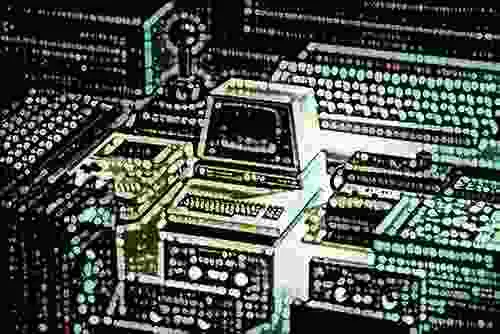MP3 is a file format for compressed audio. Its compression scheme is considered “lossy” (in that there’s a measurable quality loss in the MP3 compression process). However, over the years, MP3 audio quality has improved, and it remains one of the foremost commercial audio formats.
WAV is a container format for audio, which can be lossy, but generally requires larger file sizes than MP3.
File size restrictions are often why WAV files are down-converted to smaller formats (usually MP3) for things like web publishing and distribution.
Conversion of WAV format to MP3 is usually a simple process, but things like channel layout, mix quality, and several other factors can complicate matters. There are ways to do this that are fast, and there are ways that give you control over certain variables (like bitrate and channel mixdown). Here are a few of the easiest ways to convert WAV to MP3, including some that are free and one that can even automatically master your audio.
Digital Audio Workstation (DAW)
DAW is a general term that refers to an audio editing system in hardware, software, or mixed form. DAW software can typically do much more than convert audio files, but that is an almost universal feature. DAWs also tend to have extensive export parameters and advanced transcode settings.
There are many of these software applications on the market, with varying MP3 render options. Still, general capacity for WAV import and MP3 export is typical across the board (you can even do this in most digital video editors). There are some free DAW applications (like Audacity, an open-source program) that can not only transcode WAV to MP3 but also perform other valuable functions like normalization, mixdown, and so on.
Standalone Transcoder
Suppose you want to avoid the extra bells and whistles of DAW software or suppose you seek even more advanced encoding options (like a specific codec, for example) than what your traditional DAW offers. In that case, there are standalone transcoding applications available for users across virtually any operating system. These range from very simple to very complex, from free to expensive.
Although transcoders can often sync up with independent media editing applications, they run alone to efficiently render high volumes of data and offer maximum control over encoding parameters (codecs, transmission rates, etc.). They typically feature streamlined batch encoding, useful for multiple files (like entire albums or EPs, for instance). Although the top brands (e.g., Adobe and Apple) tend to sell audio/video converters together as a single solution, some dedicated audio transcoders are on the market.
Online Converter
The third and final way to convert a WAV file to MP3 is to do it online. There are many different websites for this, some better than others, and there seem to be new ones popping up daily. However, exercise caution when using this method because “free” services like this often use ad tech that can be intrusive if not harmful (remember: if it’s free, you’re the product).
One of the safest ways to convert WAV to MP3 for free online is to sign up for eMastered and try out the AI mastering tool. Not only can this tool convert your WAV audio file to high-quality MP3 format, but it can also master it according to your (or default) settings, optimizing its sound for your specific needs and preferences.






